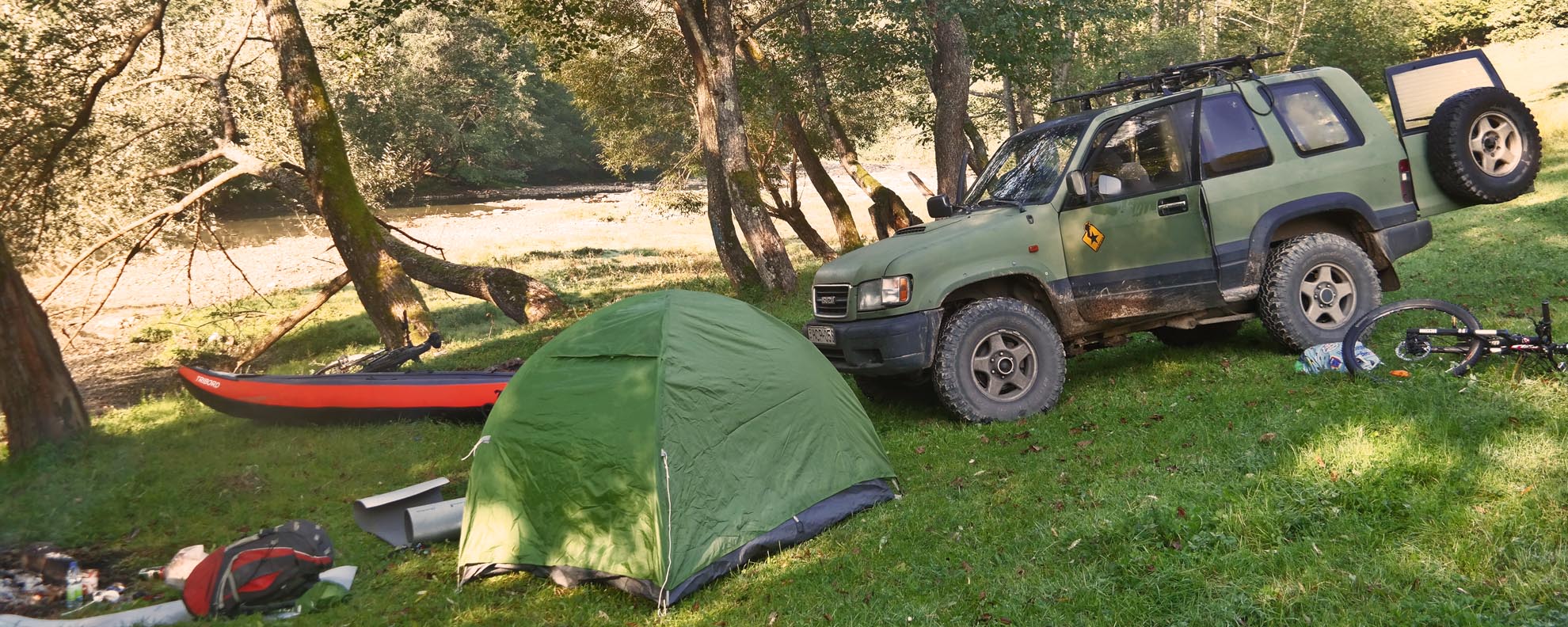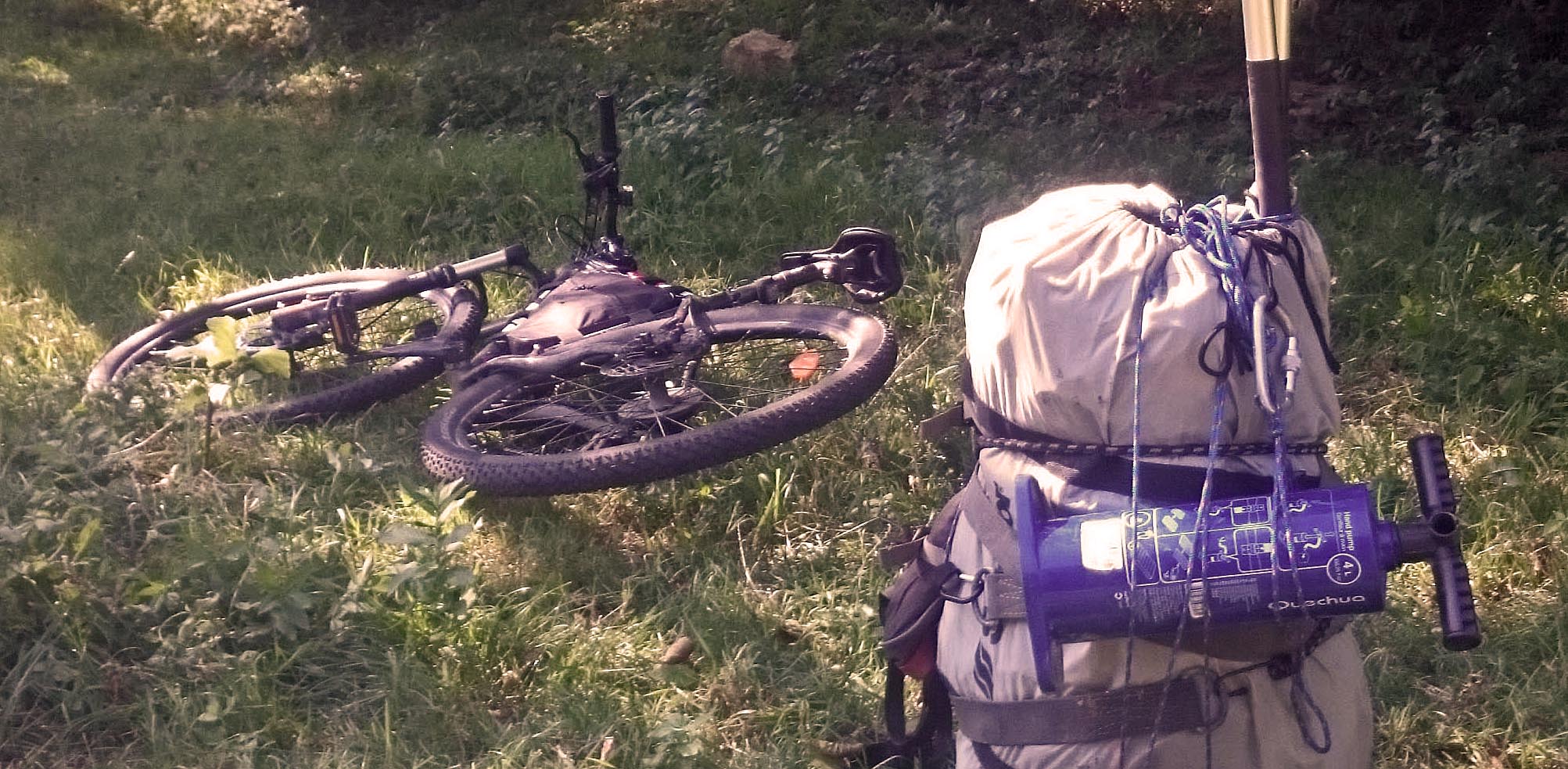Nincsenek termékek a kosárban.
Years ago, if we really wanted to have a good time, we jumped down to the Lápos valley to go whitewater kayaking for a bit, but the bicays also got a place in the bow of the boat. The valley can be kayaked for about 50-60 km, and somehow you had to come back from the end to the campsite. At that time, I searched for similar content on the Internet in vain, but I hardly found anyone who would row in the boat with a bicaj.

The only problem with this is transporting relatively heavy (15 kg) inflatable kayaks. We tried it with bicaj, it's not good, it has no pleasure value. If you add everything up, you have to carry at least 20-25 kilos of stuff.

That way you are definitely tied to a car. I came across packrafts while looking for a solution. Incredibly strong and light inflatable boats. It can easily handle 200 kilos of stuff, and the kayak itself weighs a total of 2 kg. The goods, on the other hand, are quite alarming, the cheapest ones are around 1000 euros.
The material you get for less is not good because it is PVC. There are several problems with this: on the one hand, it is heavier, and on the other hand, it cannot withstand the cold.
After some research, I managed to find material at extreme textile, and after watching a few hours of howto videos and purchasing the Speck irons, I got down to making it. Fortunately, the literature is quite rich. I don't want to discourage anyone, but it's not easy. It is very difficult to fit and iron the elements so precisely that they are airtight, even if you use a special sealant for welding.
But it's not impossible.
After making two or three more boats, we will use the experience to start manufacturing the "commercial" version as well. We are planning several versions, even for fishermen, and the YAKRAFT 2.0 will be specially prepared for wild water, so it will also be waterproof from the top, since there is no bottom drainage option.
The first test was on the Tisza lake, the second in the Aranyos valley. Both times the raft reached the water mounted on a bicycle. Of course, everything else was also packed on the bike, as it was a multi-day tour. The boat worked, it was able to withstand the creasing, and carrying that few kilos of extra weight really doesn't divide or multiply anymore. Of course, this means that you can't get around the backpack, but it adds so much to the tour that I can't even imagine a bicaj tour without a raft :)
I try to design every route and tour plan in such a way that there is a little trickle and buzz in it.
The second boat is already equipped with a spray deck and a wave apron can be attached to it. With this, we can venture into more serious wild water, the water does not enter, and even if we capsize, we can easily get out of the boat. To avoid the lengthy process of ironing, we can make the mantle with a DIY hot air welder, which will ensure a more accurate and durable connection. Of course, the floor plate and the bracing elements are still ironed into place.
What is the meaning of all this? I don't think it needs to be explained. Greater freedom than this is really hard to imagine. We have to reinterpret and retrace a lot of old hiking trails. Regions that have not had much appeal can become exciting, but in this way, using the waterways, we can find countless hidden treasures.
Materials
The secret is the extra durable and weldable material, TPU nylon. There are several thicknesses and coatings, for the floor we use 650g coated on both sides, and for the hull we use 270g one-sided TPU nylon. The material is quite expensive, it is no coincidence that average boats are made of PVC. I have also seen packrafts made of it, but it is 2-3x as heavy as TPU nylon. Weight is very important here. Another great advantage of this material over PVC is that it does not lose its flexibility even in extreme cold. Can be ironed at approx. 180-200 degrees.
